Polycystic ovary syndrome (PCOS) is a common hormonal disorder that is thought to affect about one in every ten women in the UK, and it can cause a range of distressing symptoms. Among the most visible and troublesome symptoms are those that affect the skin, including acne breakouts and excessive hair growth.
Here’s a look in more detail at these PCOS-related skincare challenges, and how they can be treated.
Why does PCOS affect the skin?
PCOS occurs when the ovaries do not release an egg, leading to irregularities in the menstrual cycle. This causes a hormonal imbalance, with higher levels of androgen causing typically ‘male’ characteristics to develop, including excessive hair growth on the face, chest, or back; thinning hair on the head; and oily skin or acne.
The exact cause of PCOS is unknown, although it can run in families. Being overweight or obese can heighten your risk, because the condition is related to higher levels of insulin in the body.
How can PCOS skin conditions be managed?
Acne
Elevated levels of the hormone androgen can cause the skin to produce more sebum, leading to clogged pores and breakouts of spots and pimples. In more severe cases, acne can develop as deep cysts that may disrupt the layers of the dermis and lead to scarring.
Acne can be managed with a combination of a targeted skincare regimen and professional acne treatments. Avoid using harsh scrubs that can inflame your skin and cause further irritation. Cleansers and lotions that contain benzoyl peroxide or salicylic acid may help to control oil levels on the skin’s surface.
Follow up twice-daily cleansing with the application of a light non-comedogenic moisturiser that won’t clog pores. Serums that contain hyaluronic acid are particularly useful to add moisture to the skin without making it oily. More severe acne might benefit from retinoid creams that help to smooth out the surface of the skin.
Professional treatments for acne include an intense pulsed light system, which uses brief pulses of laser light to target overactive sebaceous glands. This can lessen inflammation and reduce the occurrence of further breakouts. It may be used in combination with other treatments such as chemical peels or microdermabrasion.
Excess body hair
Unwanted hair on the body can be removed at home with waxing or epilation. However, professional treatments such as laser therapy or electrolysis provide a much more long-lasting result. Laser light treatments work best for people with dark hair and fair skin, because they target the melanin in the hair follicle.
Electrolysis is suitable for all hair types and is designed to permanently damage and kill the roots of each hair, preventing future regrowth. It may take multiple treatments to fully remove the hair, because it grows in cycles.
